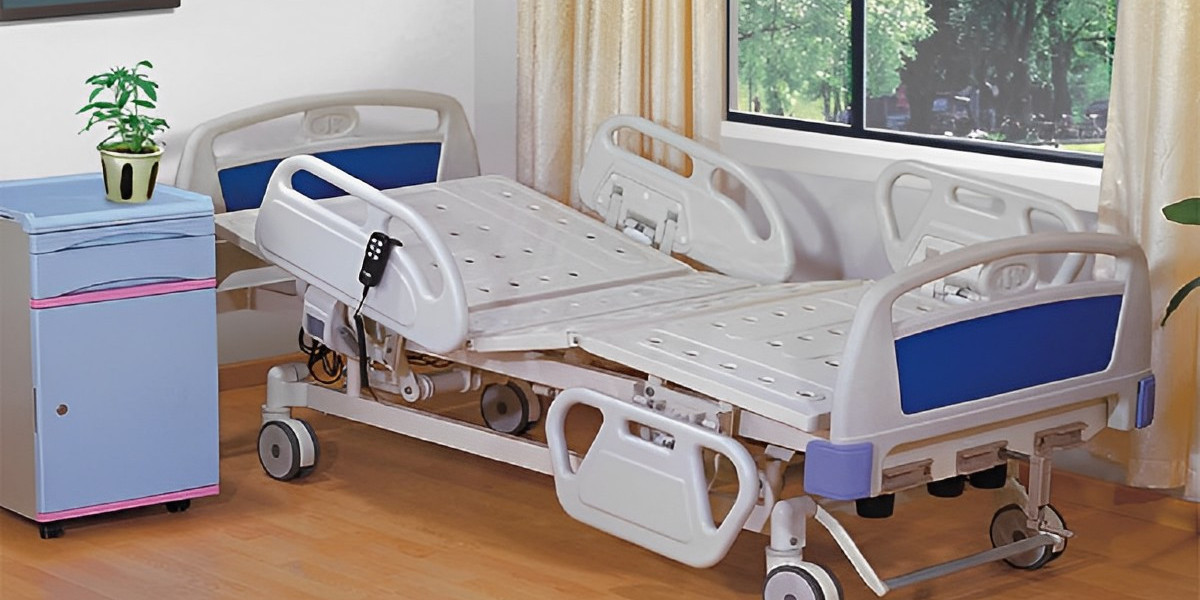As environmental awareness increases globally, industries are shifting from petroleum-based products toward more sustainable alternatives. One sector experiencing notable transformation is the foam industry, where bio-based foams—derived from renewable biological resources—are rapidly gaining traction. These innovative materials are proving to be game-changers across multiple applications, including packaging, construction, automotive, and furniture. This article explores the latest innovations in the bio-based foam market, highlighting key developments, driving forces, and future potential.
Understanding Bio-based Foams
Bio-based foams are manufactured using renewable feedstocks such as corn starch, soy, castor oil, sugarcane, and other plant-derived materials. These foams serve as alternatives to conventional petroleum-based polyurethane (PU), polystyrene (PS), and polyethylene (PE) foams. The bio-based variant offers reduced environmental impact, lower carbon emissions, and greater biodegradability.
In recent years, growing concerns over fossil fuel depletion, plastic waste, and climate change have spurred demand for sustainable solutions. Governments, consumers, and manufacturers are increasingly aligned in their preference for eco-friendly materials, creating favorable conditions for innovation in the bio-based foam sector.
Key Innovations and Technological Advancements
1. Soy-based Polyurethane Foams
Soybeans have emerged as a leading feedstock for producing PU foams used in automotive seats, furniture, and insulation. Companies like Ford and Lear Corporation have adopted soy-based foams to replace traditional PU in car interiors, significantly reducing petroleum content while maintaining performance standards.
Recent innovations focus on enhancing the mechanical properties, flame resistance, and durability of soy-based foams, making them more competitive with synthetic options. Hybrid formulations, combining soy polyols with other bio-based inputs, are also gaining attention.
2. Mycelium Foam
Mycelium, the root structure of fungi, is gaining recognition as a sustainable and biodegradable material. Mycelium foams are cultivated using agricultural waste as a substrate, resulting in lightweight, compostable products suitable for packaging and insulation.
Companies such as Ecovative Design are leading this movement, developing custom-molded mycelium foams for use in protective packaging, acoustic panels, and even fashion. These foams not only decompose naturally but also sequester carbon during production, offering a net-positive environmental impact.
3. PLA-based Foams
Polylactic acid (PLA) is another popular bio-based polymer derived from fermented plant starch (typically corn or sugarcane). PLA-based foams are widely used in packaging and disposable products due to their excellent biodegradability.
Innovation in this segment focuses on improving heat resistance and mechanical stability, traditionally seen as weak points for PLA. Novel processing techniques, such as supercritical CO₂ foaming and copolymerization, are enhancing PLA’s performance and expanding its market potential.
4. Castor Oil and Algae-based Foams
Castor oil, a non-edible plant oil, has found its way into flexible foam applications such as mattresses, footwear, and cushioning. Algae, with its high growth rate and minimal land requirement, is being explored as a sustainable feedstock for foam manufacturing.
Emerging startups and research institutions are developing proprietary algae- and castor-oil-based formulations with improved lifecycle profiles and reduced greenhouse gas emissions. These foams are being integrated into both consumer and industrial applications.
Market Drivers and Challenges
The primary drivers for bio-based foam innovation include:
Regulatory Support: Stringent environmental regulations and bans on single-use plastics are pushing companies to adopt bio-based alternatives.
Consumer Demand: Eco-conscious consumers are increasingly favoring sustainable brands, influencing companies to integrate green materials.
Corporate Sustainability Goals: Businesses are adopting circular economy principles, with bio-based foams playing a key role in reducing carbon footprints.
However, the market also faces challenges:
Cost Competitiveness: Bio-based foams often remain more expensive than petroleum-based counterparts due to raw material sourcing and processing costs.
Performance Limitations: Achieving parity in mechanical strength, thermal resistance, and durability can be difficult without hybrid formulations.
Supply Chain Constraints: Limited availability of feedstocks and processing infrastructure can hinder mass adoption.
Key Players and Strategic Collaborations
Several companies are driving innovation in the bio-based foam market. Notable players include:
BASF – developing bio-based PU systems using renewable polyols.
Dow Inc. – investing in PLA and plant-based PE foam solutions.
NatureWorks – a leader in PLA-based materials, expanding into high-performance foams.
Huntsman Corporation – working on castor-oil-based foam systems for footwear and furnishings.
Collaborations between startups, material scientists, and manufacturers are accelerating R&D and commercialization efforts. Government grants and venture capital investments are also supporting technology development and scaling.
Future Outlook
The future of the bio-based foam market looks promising, driven by policy changes, consumer awareness, and technological breakthroughs. Market research predicts steady growth, with the global bio-based foam market projected to exceed USD 1.2 billion by 2030. Innovation will likely center around hybrid foams, bio-based additives, and advanced foaming technologies that enhance functionality and reduce environmental impact.
In conclusion, bio-based foam innovations represent a significant step toward a more sustainable materials economy. With continued investment and cross-sector collaboration, these eco-friendly alternatives have the potential to reshape multiple industries while safeguarding environmental resources for future generations.
Discover more : https://www.pristinemarketinsights.com/bio-based-foam-market-report








